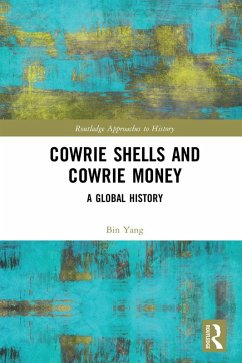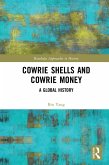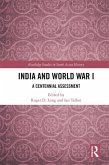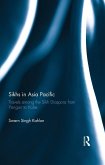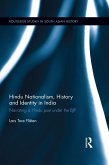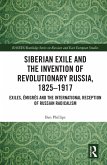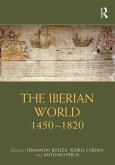By focusing on cowrie money in Indian, Chinese, Southeast Asian and West African societies and shell money in Pacific and North American societies, Yang synthsises and illustrates the economic and cultural connections, networks and interactions over a longue durée and in a cross-regional context. Analysing locally varied experiences of cowrie money from a global perspective, Yang argued that cowrie money was the first global money that shaped Afro-Eurasian societies both individually and collectively. He proposes a paradigm of the cowrie money world that engages local, regional, transregional and global themes.
Dieser Download kann aus rechtlichen Gründen nur mit Rechnungsadresse in A, B, BG, CY, CZ, D, DK, EW, E, FIN, F, GR, HR, H, IRL, I, LT, L, LR, M, NL, PL, P, R, S, SLO, SK ausgeliefert werden.
'Cowrie Shells and Cowrie Money [...]argues that its star commodity has agency. In this dense, erudite monograph, [...], Bin Yang focuses clearly on the global quality and scale of the agency that he attributes to the "money cowrie" (Cypraea moneta, or Monetaria moneta), the shell of a small mollusk of the Cypraea family, which was used as coin in Asia from ancient to modern times. This is the first comprehensive study of the "world of the cowrie." It shows how the agency of cowries came from their utility in market exchange...Bin Yang deploys a vast array of documentary and archaeological evidence to describe the lost world of cowrie money...The global history in this book is innovative and path-breaking. The connected history of Asia and West Africa is a most impressive contribution.' - David Ludden, New York University, USA

